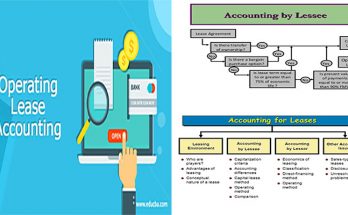 Organisations often select to lease long-term assets rather than acquiring them. For instance, considering the fact that a real estate lease is often quick-term (12 months or less), it would most most likely be treated as an operating lease by the lessor, and a single-expense lease by the lessee. Hence, the lessee in a capital lease need to record the leased property as an asset and the lease obligation as a liability.
Organisations often select to lease long-term assets rather than acquiring them. For instance, considering the fact that a real estate lease is often quick-term (12 months or less), it would most most likely be treated as an operating lease by the lessor, and a single-expense lease by the lessee. Hence, the lessee in a capital lease need to record the leased property as an asset and the lease obligation as a liability.
A capital lease will have to not include things like a bargain buy choice, when operating leases normally involve this option. I have constantly utilised Rule of 78, which is as great an approximation as any tapered money flow of such a lease. That is for the reason that the lease payments are not treated as debt and this aids the organization to preserve their existing debt capacity.
The lessor uses the similar criteria for figuring out no matter whether the lease is a capital or operating lease and accounts for it accordingly. While free of charge cash flow will be the very same, the disclosure has been brought to the monetary statements. By classifying a lease as either capital or operating lease, you will be able to determine how payments for the lease will be treated in the financial statements.
The only impact that an operating lease has on organization’s monetary statements is the lease payments will appear as an operating expense on the entity’s revenue statement. We will preserve you informed of alterations in the lease accounting rules as they occur.
If there are scheduled rent increases, the leveling of rent is recognized as an adjustment to the asset, as are initial direct charges and lease incentives, all of which are amortized straight-line over the lease life. Capitalizing all kinds of long-term leases is anticipated to have a substantial effect on balance sheets of retail, airline and hotel operating organizations.



